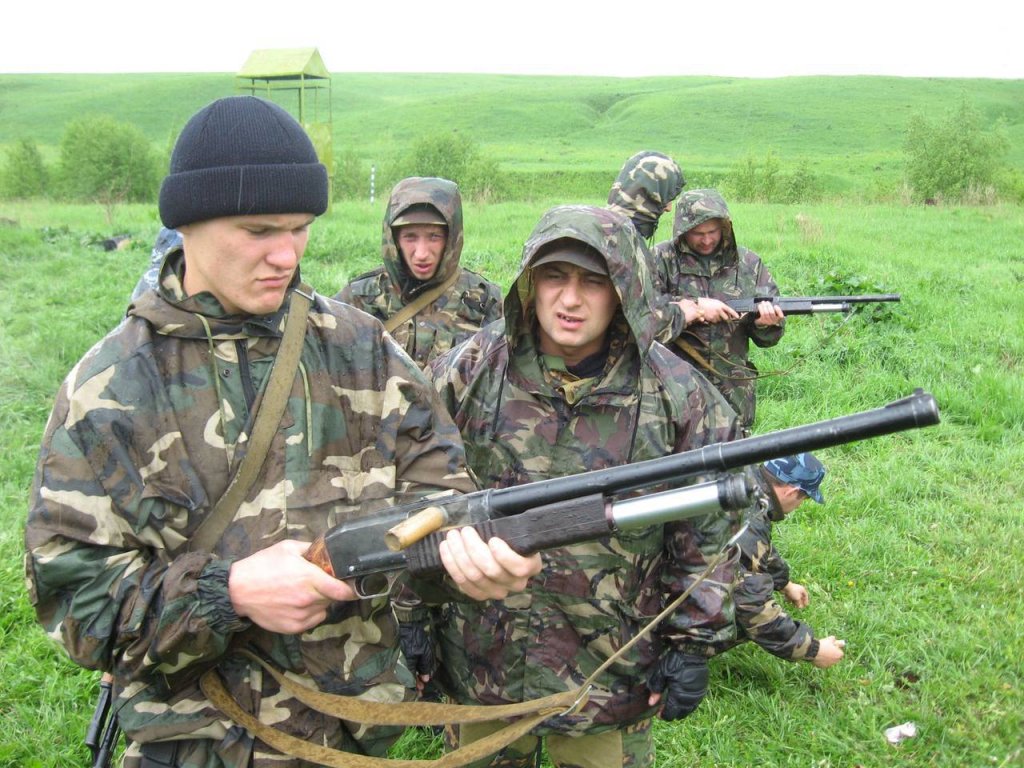Soviet weapon designers came up with interesting ideas like the TP-82, a triple-barreled shotgun-pistol-machete carried by cosmonauts. When Ministry of Internal Affairs (MVD) needed a shotgun to suppress prison riots, they found exactly what they needed in rejected aircraft cannon barrels.

Designed in 1971, the KS-23 is a pump-action shotgun that fires an enormous 23mm round. For reference, a 12-gauge shotgun shell is nominally 18.5mm in diameter. Moreover, the rifled barrel of the KS-23 meant that it was technically designated as a carbine. As previously mentioned, KS-23 barrels were made from rejected barrels produced for the GSh-23, a twin-barreled 23mm auto cannon fitted to military aircraft like the MiG-23 fighter and Su-25 attack plane.

Although manufacturing flaws prevented the barrels from acceptance for use on on GSh-23, they were deemed acceptable for the lower-stress firing of shotgun rounds. The 23mm barrels were cut down to 20 or 14 inches depending on the KS-23 variant they were fitted to.
The KS-23 was capable of firing a variety of rounds through its massive barrel. Since it was designed for riot control, tear gas grenades, flashbang rounds, and less-lethal plastic and rubber bullets were commonly employed. However, it could still fire lethal buckshot with effective ranges of 10 or 25 meters depending on the round. A solid steel slug was also available that was designed to destroy a car’s engine block at a range of 100 meters.

As if the KS-23’s 23mm bore wasn’t enough, two add-on muzzle mortars were designed. Attaching to the front of the shotgun, these devices allowed the user to fire either a 36mm or 82mm tear gas grenade. The KS-23 is still used by the Russian Border Guard Service as well as former Soviet states including Armenia, Kazakstan and Ukraine.


